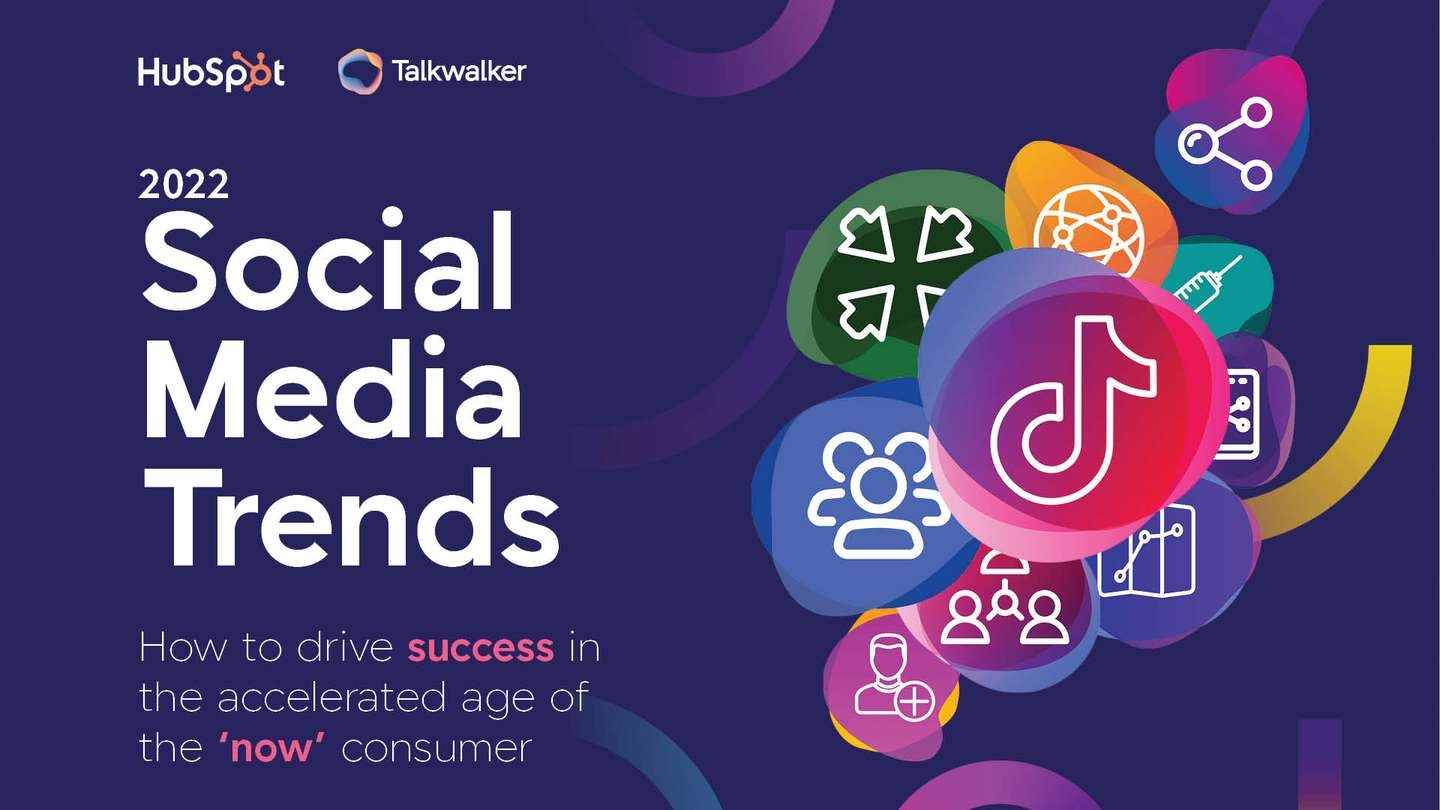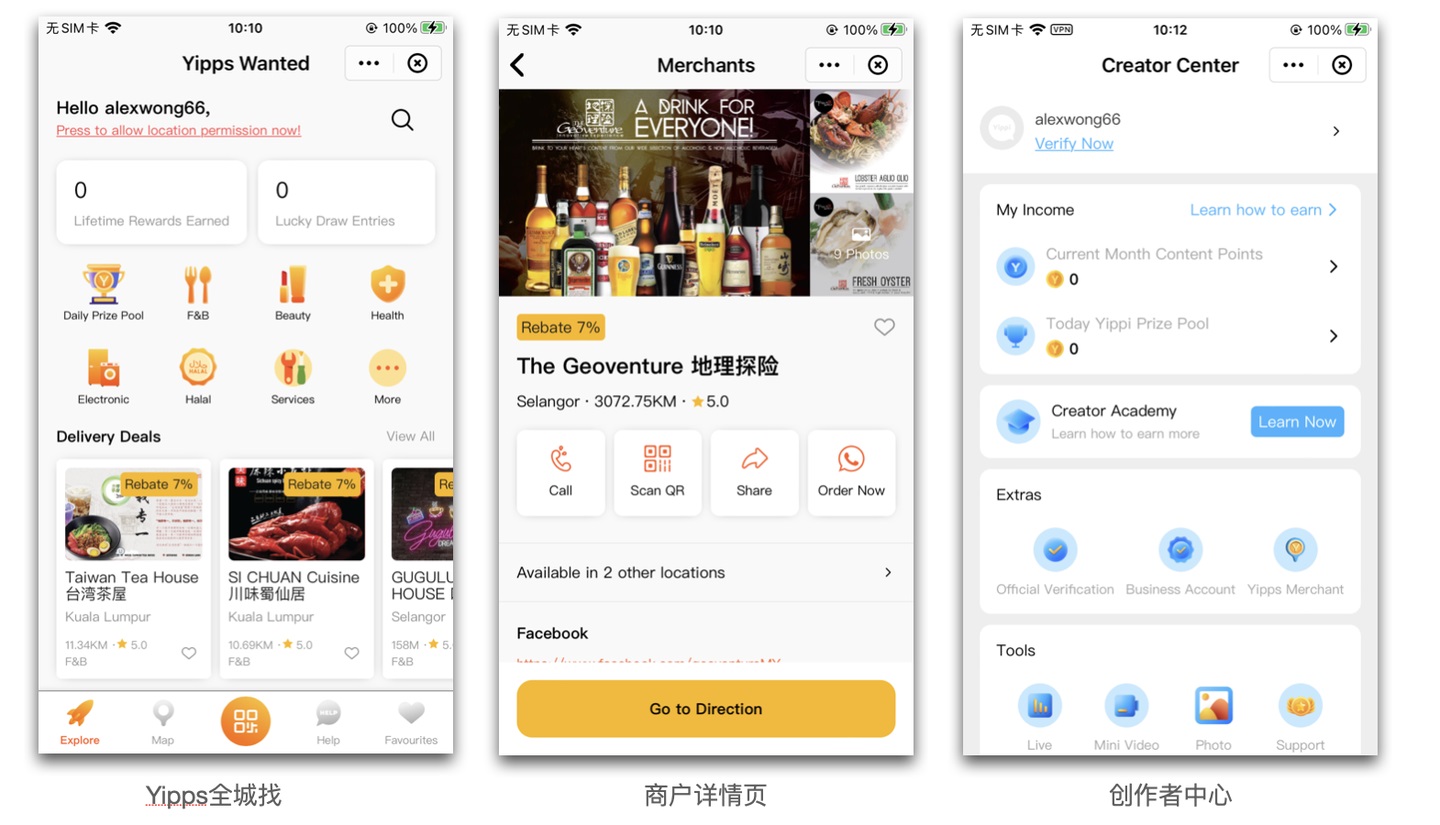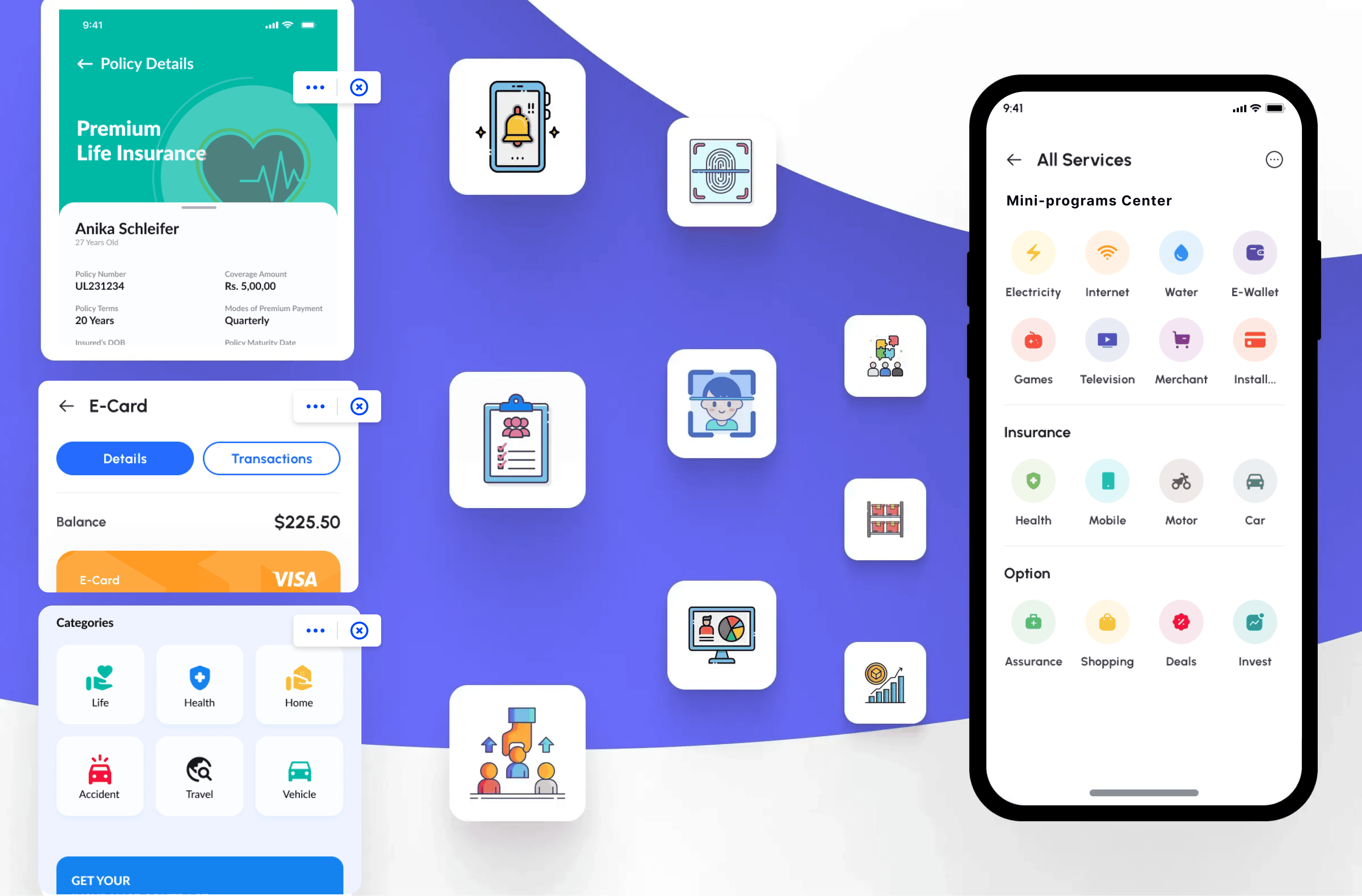The Rise of Social E-commerce Overseas: Mini Programs Help Create Super Apps
In 2022, social networks are trying to bring tools that were previously only available to brands to influential individuals.
In recent years, social e-commerce has been a lively topic. As the Internet e-commerce glow dividend decreases and traditional e-commerce growth slows down, a group of social e-commerce platforms represented by Xiaohongshu, Douyin, and Kuaishou quickly emerged in China. Following this, the wave of Chinese social e-commerce has driven the development of global social e-commerce.
In the 2022 Social Media Trends report jointly released by HubSpot and Talkwalker, several overseas social media trends are noteworthy:
TikTok has risen: TikTok broke overseas app download records, becoming the first non-Facebook app to reach 3 billion downloads globally.
Globally, social media users have increased by over 500 million, a year-on-year growth of nearly 14%. It must be said that the pandemic has intensified the use of social media around the world.
The era of mature influencer marketing has arrived. The 2021 survey report by Influencer Marketing Hub shows that 67% of respondents use Instagram for influencer marketing.
In short, social networks have welcomed new social platforms, new user growth points, and new social marketing methods.

Overseas Social E-commerce Development: Challenges and Opportunities
It must be said that, differing from China's public opinion and consumer market environment, the development of overseas social e-commerce enterprises is a mix of challenges and opportunities.
Challenges: Traditional E-commerce and Social Media Platforms Are Actively Seeking New Opportunities for Digital Transformation
According to a survey of over a thousand consumers' social e-commerce behaviors by the American social platform Sproutsocial in 2021, it was found that:
In 2021, 68% of consumers had made purchases on social media, and this proportion is continuously increasing.
Consumers' social e-commerce is mostly shifting towards large social e-commerce platforms such as Facebook Shops, Instagram Shopping, and TikTok Shopping.
Although the overall economic performance overseas is sluggish, the social e-commerce trend has not slowed down. In 2022, 98% of consumers plan to make at least one purchase through social e-commerce or influencer e-commerce.
It can be seen that major social platforms are beginning to lay the groundwork and attempt transformations amidst the trend changes brought by the pandemic and consumption trends. Some local social platforms, lacking their own technical strength, are also considering deep binding with traditional e-commerce SaaS platforms such as Shopify, Bigcommerce, and WowCommerce to quickly keep up with changes in market user needs.
"Each profession has its specialization.”Cooperating with upstream and downstream ecosystem enterprises in the market and taking“strong alliances”to occupy the market is akin to racing against the market and quickly occupying users' minds.
Opportunities: The User Brand Loyalty that Cannot Be Underestimated
Domestic consumers prefer to complete the consumption loop on one or a few apps, whereas most overseas consumers are more accustomed to completing purchases on brand official websites. This is one of the reasons why overseas DTC (Direct-to-Consumer) e-commerce can grow rapidly.
Examples make it easier to understand.
According to the Top Social Platforms Consumer Trust in Shopping report released by Insider Intelligence in 2021, users' attitudes towards purchasing directly on Facebook are polarized: 45% of respondents said they would purchase directly on Facebook, 35% said they would not, and 20% held a neutral attitude towards Facebook's e-commerce.
According to a blog post by the overseas marketing media Eventige, 50% of Millennials (those born between 1980 and 1995) will search for product information online, then make purchases in physical stores. Overseas users have higher recognition and loyalty towards brands, which may be a favorable opportunity for market users to support the digital transformation of overseas brands.
Want Flow or Retention?
In an era where users receive fragmented information and content increases at an exponential rate, social media solves the problem of users receiving information unrestricted by physical space and ultimately becomes the mainstream position where users are active. This is what we often refer to as the“flow position”or“public domain flow pool.”
During the explosive growth phase of social media, many brands cooperated with social media to reach more users and promote their products and brands. However, for enterprises, this also means needing another team to operate multiple social media platforms, crafting the kind of content and topics that target audiences want according to each social platform's tone to“cater”to consumers.
Over time, the“flow”still belongs to the platform, and brand enterprises cannot take it away. The activity levels of brands' own territories decrease year by year, and enterprise owners must also accept the ever-increasing platform advertising costs.
Perhaps, with the development of social e-commerce app, it is an excellent opportunity for brand merchants and local life platforms to put the topic of user“retention”back on the agenda.
Mini Programs: A Superior Digital Content Carrier
It is often said that in the era of social media, success comes from content and experience.
In the era of graphic and textual content, if you need to quickly present content to users, the best technical carrier is HTML5 pages, where content only needs to be published once and can be displayed at the entrances of major social platforms.
In the short video era, for video processing and presentation, H5 technology is somewhat inferior to mini programs. Mini programs run their code directly in the app; through browser dual-threaded UI rendering and business logic separation technologies, they are much smoother than H5. Apart from needing a few seconds of loading time upon the first opening, the experience of switching and jumping between various pages in a mini program already rivals that of native apps, with the same silky-smooth effect.
This is one reason why major flow platforms, such as WeChat, Alipay, and Douyin, have started building their own mini program technical platforms.
FinClip Empowers YIPPI to Build a Super APP in the Social E-commerce Field
Yippi (relevant URL: https://www.yippiweb.com, for App download, search “Yippi” in the App Store in the Southeast Asia region) is a Southeast Asian mobile communication and social media platform. Yippi aims to become one of the largest super apps in Southeast Asia, with content as its core, providing content creation and growth platforms (including graphic, video, live broadcast, etc.) for creators in various industries to expand the platform's user base. At the same time, Yippi is actively exploring cooperation with third-party service providers to offer a one-stop service for clothing, food, housing, and transportation to its user base.
The reason for choosing FinClip, the embedded mini program secure sandbox from Funtech Geeks, is that FinClip helps Yippi gain a large amount of content and resources from the supply side by supporting the standardized format of mini programs, thereby constructing a digital content ecosystem.
Simplify the Complex, Modularize Agile Application Development
With the help of FinClip mini program container technology, bulky app functions are broken down, making function modules decoupled from each other to achieve modular development (e.g., Yippi's creator center). Each business module does not affect one another; dynamic updates and releases can be achieved through the management backend, greatly improving development efficiency and reducing development costs.
Support Personalized User Content Delivery
Leveraging FinClip's mini program gray release and A/B testing capabilities, existing business applications can be precisely delivered to target groups, easily achieving intelligent recommendations for marketing activities and business functions.

Rapid Introduction of Third-party Service Ecosystems
Through FinClip's mini program management platform, Yippi can quickly and massively introduce digital scene partners, solving the platform stickiness issue for users based on the partners' mature mini program services on their own platforms.

In fact, whether it is a super app or social e-commerce, the essence is to retain users. A phrase often heard in recent years is, “The essence of social media development is to establish 'content barriers.'” These content barriers not only include visible content creation but also diversified functions that meet users' needs and operations that users can complete without leaving the app, meaning users will truly stay.
Are you interested in learning more about how mini program container technology helps enterprises build a digital content ecosystem? For more information, please contact us immediately to start your mini program application (ecosystem) cross-end efficiency journey.



